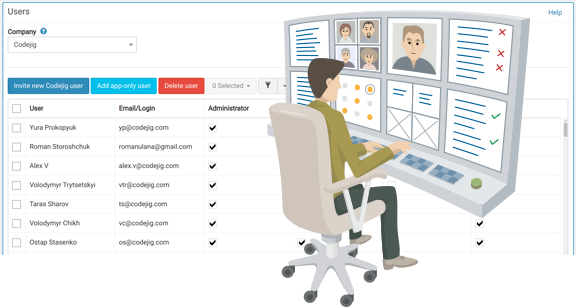Block coding
An easy and powerful way to develop software
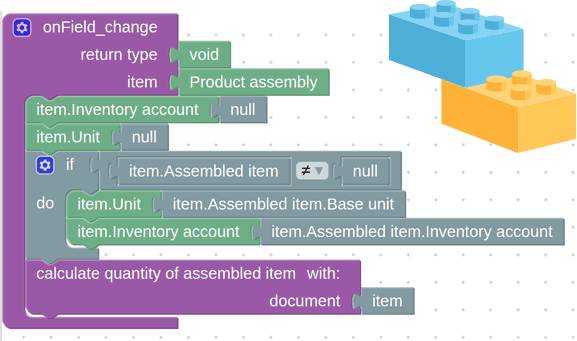
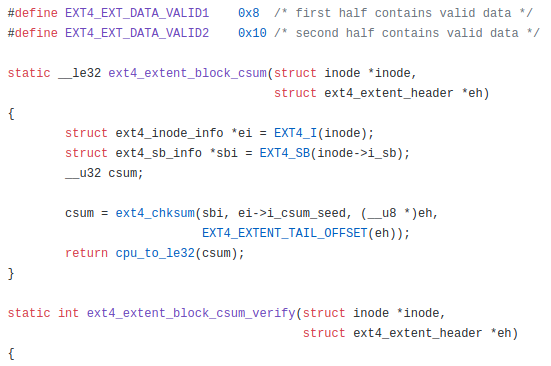
Text-based coding is not easy
In the new economy, where software development is in high demand and every company is a software company, programming has become an essential skill. When you look at the programming languages, you will notice that they are designed by engineers, for engineers. This makes programming almost inaccessible to end-users who may want to make minor changes to the application without always consulting the developer or even build a simple app for personal use. For quite some time, many people have tried to address this problem and designed various programming languages and tools to make programming easier and accessible to business users or “citizen developers”.
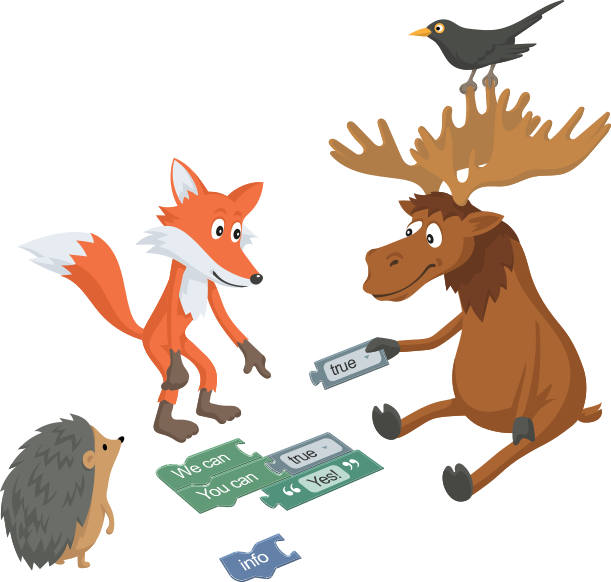
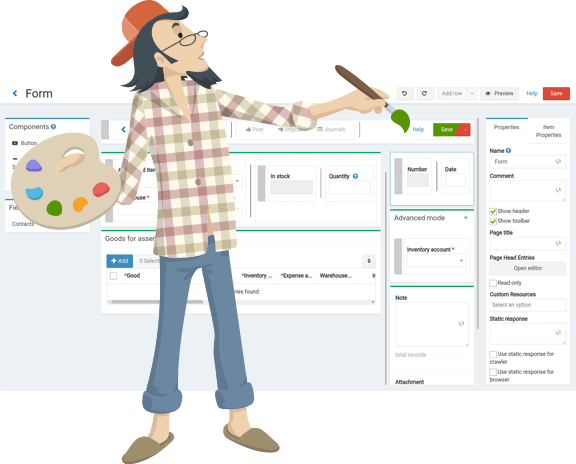
Visual programming
Block-based languages evolved as branch of visual programming. Most often our ideas are visual. We turn to draw a plan on a white-board because it makes us understand it better. However, the initial application of computer programming started with hardware-close languages and led us to the world text-based language like Java, C#, or Haskell. While the text-based programming language makes the developers to think a bit like a computer, some of them wanted to write and read the code in a more human-friendly manner. As a result, a number of visual programming languages has appeared.
The main goal of visual programming is to make programming more accessible at 3 different levels:
- Syntax – the use of block/icons, diagrams, and forms to eliminate syntactic errors.
- Semantics – usage of meta-information to document and explain the program.
- Simulation – visual programming languages may include visual mechanism to bring the program in a particular state and check its behavior.
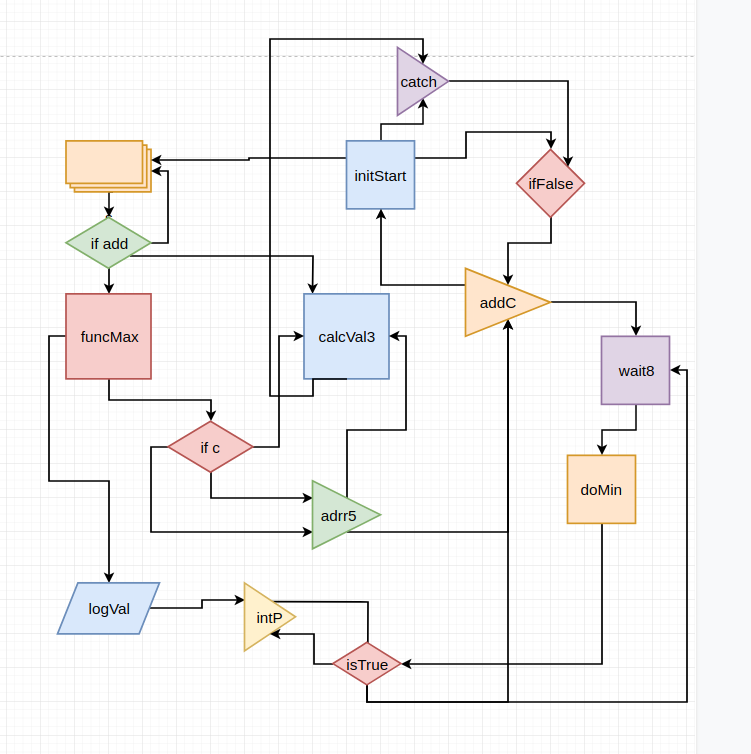
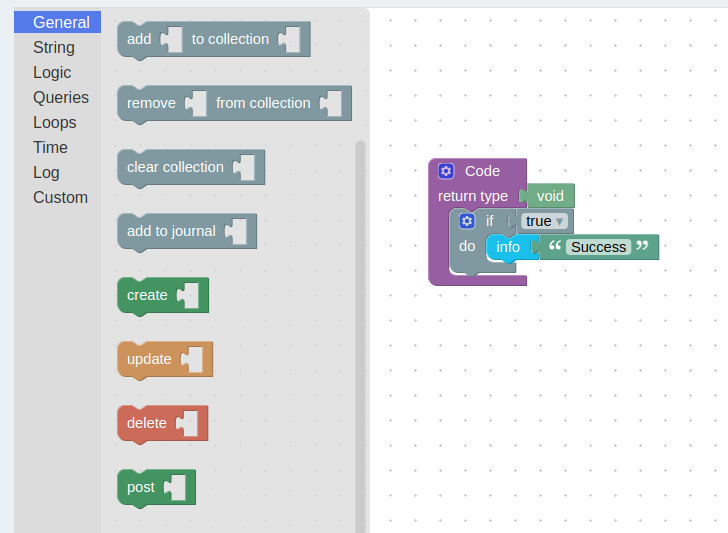
Visual programming language
The block-based approach of visual programming is by no means a new idea but initial implementations lacked technical means to make its usage in a correct way. It has just become popular in recent years due to the appearance of new generation tools like Scratch, Blockly, and Snap. These tools are a part of a larger group known as structured editors (Gouge et al. 1984). Block-based coding is a form of programming language where the developer issues instructions by dragging and dropping blocks. This helps to prevent syntax errors and developers do not have to memorize syntax to write code. For example, in text-based language, missing a semicolon will result in an error message or prevent the program from running at all. These types of errors are eliminated with block-based coding. Block coding is just as powerful and useful as text-based language, but easier to use and understand. Having to drag and drop commands is easier than typing it character-by-character with a keyboard.
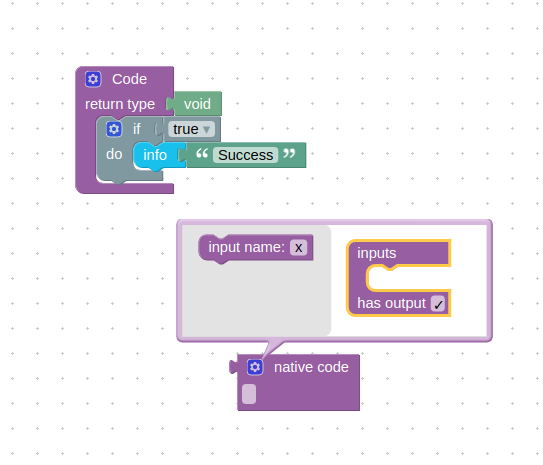
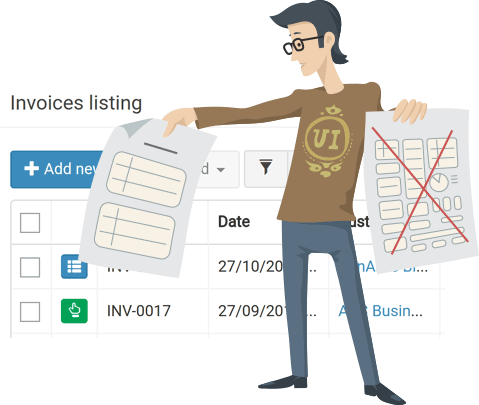
Block-based coding for business users
Whenever people hear of visual programming, they tend to associate it with teaching of kids or beginners how to code. While block-based coding is immensely popular with students and teachers, it would be a mistake to narrow its application. What about the people who are not kids or do not plan to pursue a career in programming but need to solve daily business problems? What about professional programmers who are looking for a fun, creative, fast, and easy way to write complex code and implement business logic? Well, this is where Codejig App Builder comes into the picture. It provides a low-code app development platform to help build your app quicker. It relies on the rapid application development model and its drag-and-drop app builder creates impressive user interfaces.
